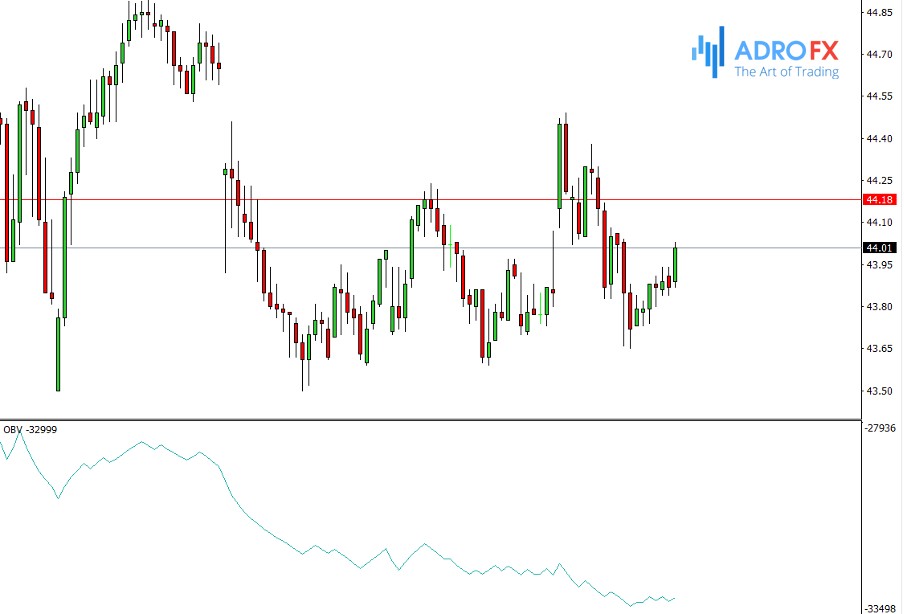What Are Stock Market Indicators?

Most traders and experienced investors use technical analysis tools – indicators – in their work on the stock market. What are their differences, what are they for, and which indicator is better to use?
What are Indicators, and Why Do We Need Them?
Technical analysis is based on Charles Dow's postulate that "the price discounts everything", including expectations of future events. Accordingly, it is enough to find an appropriate mathematical algorithm for price data processing to predict the behavior of securities quotes.
Technical analysis indicators are based on such algorithms. Their main task is to identify existing trends and predict the reversal points. They were created when computers in stock trading were out of the question. Calculations and drawings of graphs were made manually, but nevertheless, they were not less effective.
With the computerization of trading opportunities in the development of new tools, the implementation of more complex calculation functions have increased many times. However, classical indicators are in no hurry to give up their positions, continuing to top the ratings due to the accuracy and efficiency of the trading systems.
Such technical analysis tools allow traders to process data more quickly and study stock market trends.
How Do Indicators Work
Every indicator is based on certain data. For example, it can be average quote values, trading volumes, divergence, or correlations between the financial instruments on the stock market, etc.
Depending on what a particular technical assistant research is, it can be applied in different ways.
As all information is transformed into a visual representation, by applying the indicator to a certain stock asset, a trader can quickly determine whether it is overbought or oversold, the change in trend, uncharacteristic bursts, and the activity of market participants. And then use the data directly in their trading, making better decisions.
Advantages and Disadvantages of Stock Market Indicators
The advantages of stock market indicators include:
● ease of use;
● the versatility of use;
● availability of a large toolkit;
● usability.
Among the disadvantages we should highlight the following:
● the subjectivity of indicators;
● relatively low reliability.
Types of Indicators
In a basic sense, concerning the data involved in the algorithm of the construction of indicators in the stock market, we can divide them into the following types:
● Trend indicators;
● Oscillators;
● Volume-based;
● Informative indicators.
Next, we will describe each group in more detail.
Trend Indicators
Trend indicators of the stock market, as a rule, are used for clear determination of a prevailing tendency or a general trend. That is, they are based exactly on the analysis of past quotes of the instrument.
Most of such technical assistants are plotted in the same window as the chart of the underlying asset.
The most popular representative of this family of indicators of technical analysis and, at the same time, the most used in principle is the Moving Average.

Its principle is quite simple. Moving Averages smooth out market activity relative to a certain period, which produces a line that shows the averaged direction of price movement, eliminating excessive volatility of the stock asset.
Oscillator Indicators
Oscillators represent the study of market volatility in conjunction with other time-varying factors.
In practice, they are used to determine the strength and the stage of formation of trends on the stock market in a certain quotation range.
The most popular representatives of these stock market indicators are Stochastic, ROC and RSI.

Most of these tools are plotted in a separate window from the chart of the underlying asset, appearing as a limited range. For traders, a signal for action will be entering the so-called "overbought" and "oversold" areas of the market.
Volume Indicators
This group of technical tools includes algorithms that study the trading volumes of stock market instruments.
Their purpose is to determine when the maximum activity of participants is observed in the market.
The most popular instrument is On Balance Volume, which shows the averaged data on the volumes for the appropriate period of time.

Graphically, the representatives of this family are built in a separate window from the chart of the underlying asset and can look like lines or histograms.
Informative Indicators
It is not a standard type of indicative tool; however, it is often used by traders and is in demand.
To informative tools, we can refer, for example, economic or corporate calendar, some special widgets with news summaries, information about open positions, and issued orders.

They allow traders to determine the moments concerning real information, when markets may show increased volatility or change of movements in the fundamental factors, keep track of their accounts, open/close trades in different time zones, and so on.
How to Use the Indicators
The first thing you need when working with a tool like this on the stock market is a clear understanding of how the technical assistant used by the trader works.
It is important to realize that indicators are not exact predictors of the prices of exchange assets but merely reflect the information on the current course of trading in a simple, understandable form.
Now, as for the efficiency of using these tools. Here the beauty lies in proper combinatorics. For more logical results, several assistants should be used simultaneously. But they should be selected in such a way that the trader's arsenal contains the stock market indicators from different groups we have mentioned above.
It makes no sense to cover the monitor screen with 10 trend tools, without paying attention to other factors.
In its turn, trades will be more effective if several indicative signals are received in one direction.
Can You Profit by Using Indicators Only
The answer to this question is: more likely, no. At a moment on a limited time interval, it may be possible. But it is statistically confirmed that the use of only one indicator will eventually lead to losses on a long horizon.
Conclusion
To sum up, we would like to say that stock market indicators are useful tools in the analysis of the market situation, but nothing more. None of these tools can clearly and reliably predict the direction of the asset's price.
Therefore, it is necessary to use additional forms of analytical coverage and trading, for example, fundamental and technical analysis, and risk management, for more effective trading.
About AdroFx
Being a well-established brokerage company, AdroFx offers the best trading conditions to its clients from 200 countries. Founded by experts with a couple of decades of overall experience, AdroFx is one of the best platforms on the market for shares trading. Either a newbie or experienced trader, both will find here what they are looking for since the company provides various trading accounts for different trading styles and goals.









